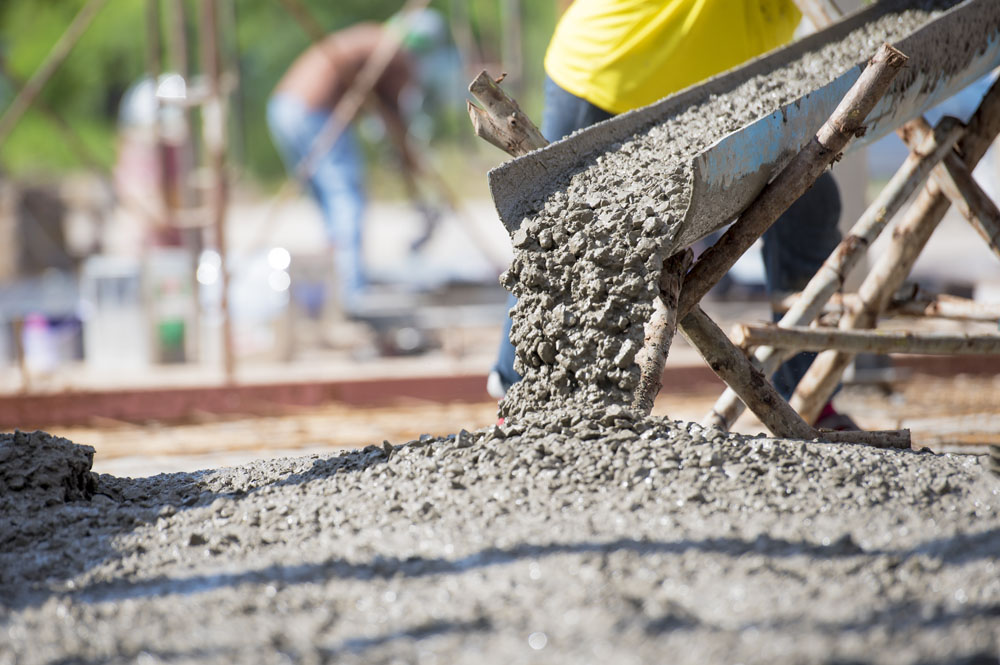
Sodium lignosulfonate is a water-soluble yellow powder. Sodium lignosulfonate is an anionic surfactant, which is the product of the reaction of wood pulp with sulfur dichloride aqueous solution and sulfite. The molecular weight of lignin sulfonates varies from 200 to 10000 due to different wood species and different sulfonation reactions. Low wood quality sulfonate, mostly linear chain, associated in solution. High molecular lignin sulfonates are mostly branched chains, which show the behavior of polymer dielectric in the water medium.
Lignosulfonate sodium salt powder is mainly used as water reducing agent in concrete admixture, the binder in ceramics, the binder in coke or industrial metal powder, dispersant of dye, also can be used as a feed additive. When sodium lignosulfonate is used as a cement superplasticizer, it will lead to the diffusion of cement groups, make the water precipitate out and increase its fluidity, thus reducing the mixed water and saving cement. As an admixture for concrete, it has strong adaptability to cement, and its most prominent characteristic is that there is no precipitation in the liquid admixture compound with naphthalene high-performance water-reducing agent. When used in oil drilling slurry formulations, it can be used to reduce mud viscosity and shear force to control the flow of drilling mud. In this case, inorganic mud and inorganic salt impurities remain suspended during drilling to prevent mud flocculation. Besides, It also has excellent salt resistance, calcium resistance, and high-temperature performance. This kind of superplasticizer has rich raw materials, a simple manufacturing process, and a low price. It is widely used in China, accounting for about 80% of the total production of superplasticizer. It has the function of air intake and retarding, belongs to the common water reducing agent, and the compound effect of early strength agent is better.
Lignin sulfonate is one of the first dispersants used in concrete mixtures. Lignin sulfonates have been used as plasticizers or water reducers since the 1930s. When mixed with concrete, their use provides the beneficial effect of delaying solidification time and reducing the amount of water required for mixing. In addition, due to the use of plastic concrete, it is more processable during placement in the formwork, and the air entrapment increases. As a byproduct of the pulping industry, lignin sulfonates are cheap and have a wide range of applications in improving concrete quality despite their limited properties.